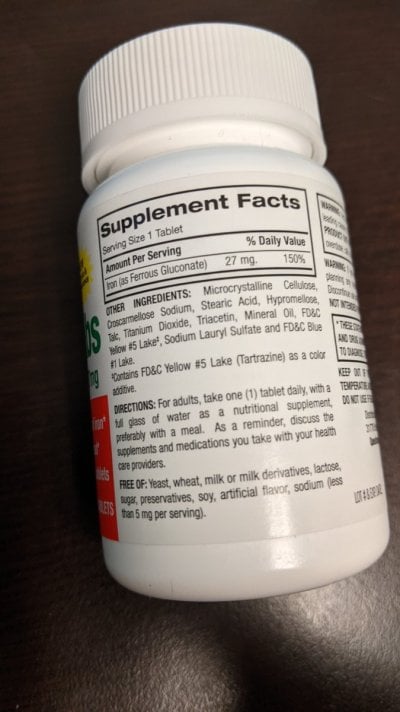- Joined
- Jan 31, 2020
- Messages
- 78
- Reaction score
- 32
Hello from the uk. Looking for a homemade iron supplement please anybody got one? I currently use the vita med tablet but my tank uses 5ml a day. Wanting something I can make a litre at a time.
Last edited:





















